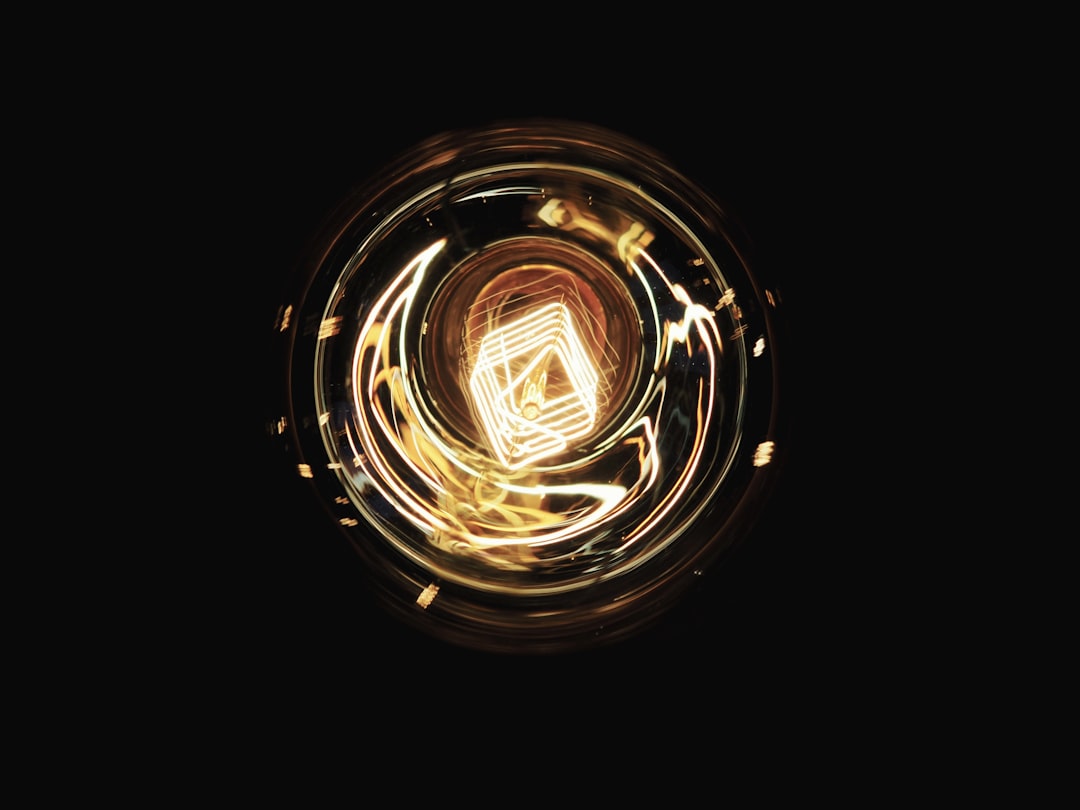What is it about?
Understanding human body pose is crucial for our daily social and cognitive interactions. Our research investigates how the brain perceives and processes the human pose, defined as the spatial arrangements of body parts in three dimensions (3D). Using advanced 3D reconstruction algorithms, we analyzed brain responses to natural images of human poses. We discovered that a distributed network of brain regions is involved in recognizing these 3D poses. This study highlights the brain’s ability to differentiate and process body poses depending on different cognitive tasks, improving our understanding of how we visually interpret and make sense of human movements in our everyday lives.
Featured Image

Photo by engin akyurt on Unsplash
Why is it important?
This research provides new insights into the neural mechanisms that allow us to perceive and understand non-rigid human body pose in three dimensions. Such understanding is vital for social interactions and various cognitive functions. By identifying specific brain regions involved in 3D body pose perception, our findings can inform future studies on view-invariant visual processing of articulated objects, which could inspire the development of more accurate pose estimation algorithms.
Perspectives
What excites me the most about our study is the unprecedented scale at which we conducted our analysis. Unlike many past approaches limited to a number of controlled and simplified visual stimuli, our study delved into a vast array of over 4,000 naturalistic and complex scenes capturing human poses in everyday activities. This shift to a rich and diverse pose space enhances the generality of our findings to real-world visual experiences.
Hongru Zhu
Johns Hopkins University
Read the Original
This page is a summary of: Natural scenes reveal diverse representations of 2D and 3D body pose in the human brain, Proceedings of the National Academy of Sciences, June 2024, Proceedings of the National Academy of Sciences,
DOI: 10.1073/pnas.2317707121.
You can read the full text:
Contributors
The following have contributed to this page










